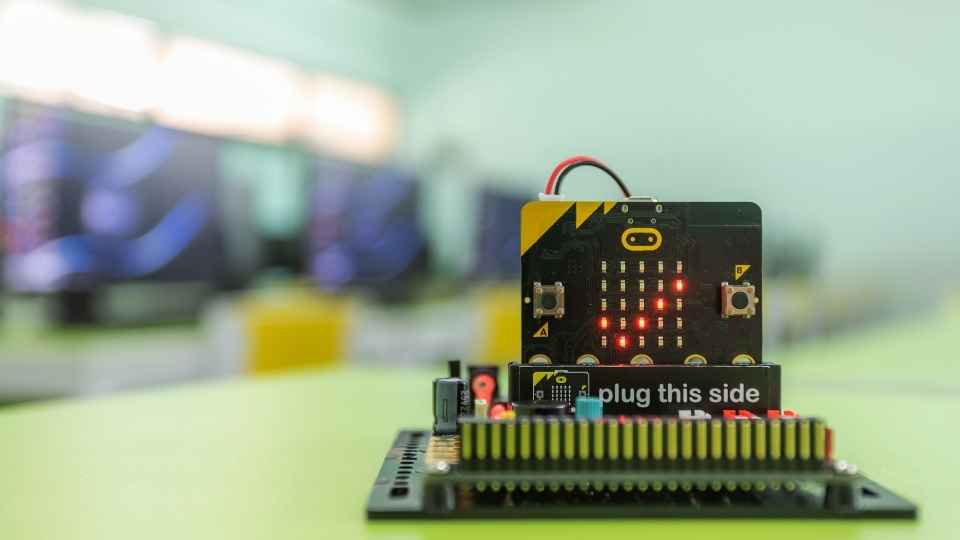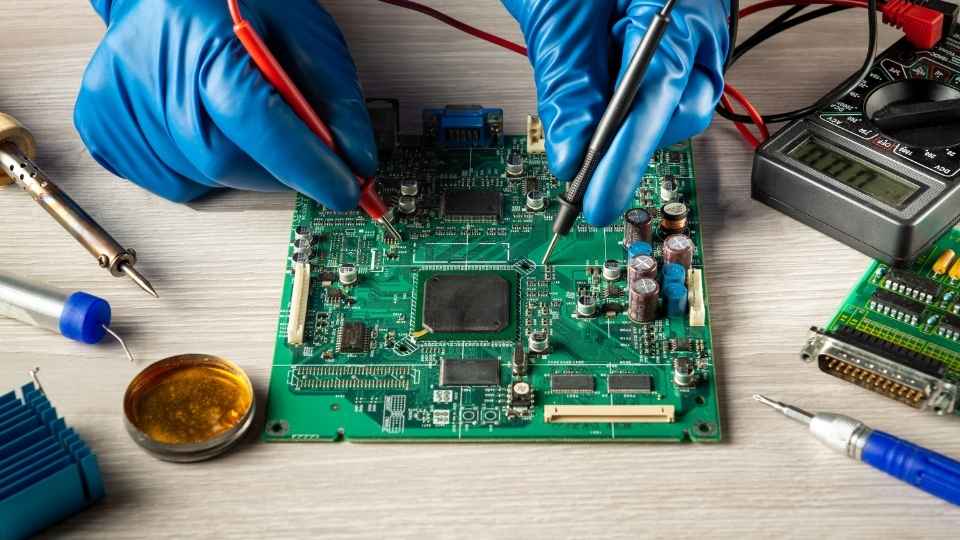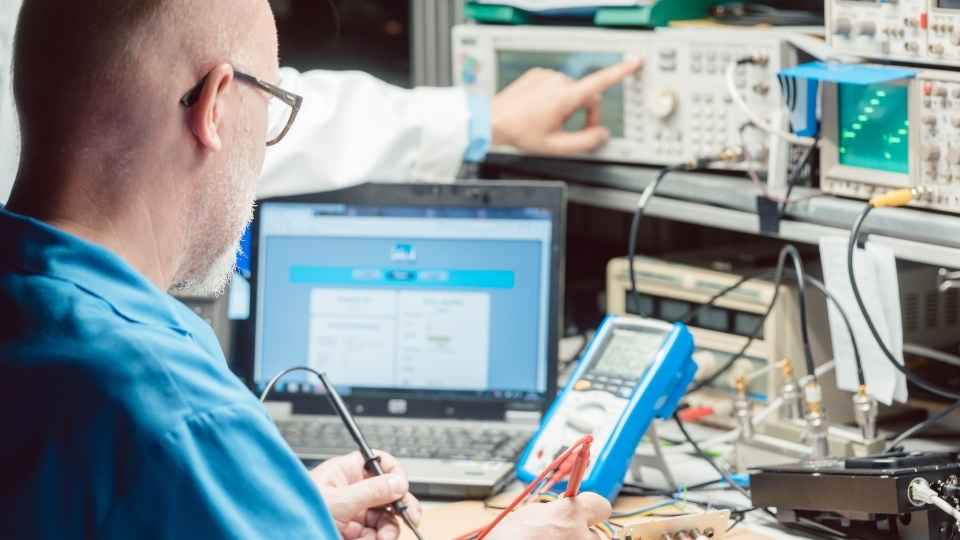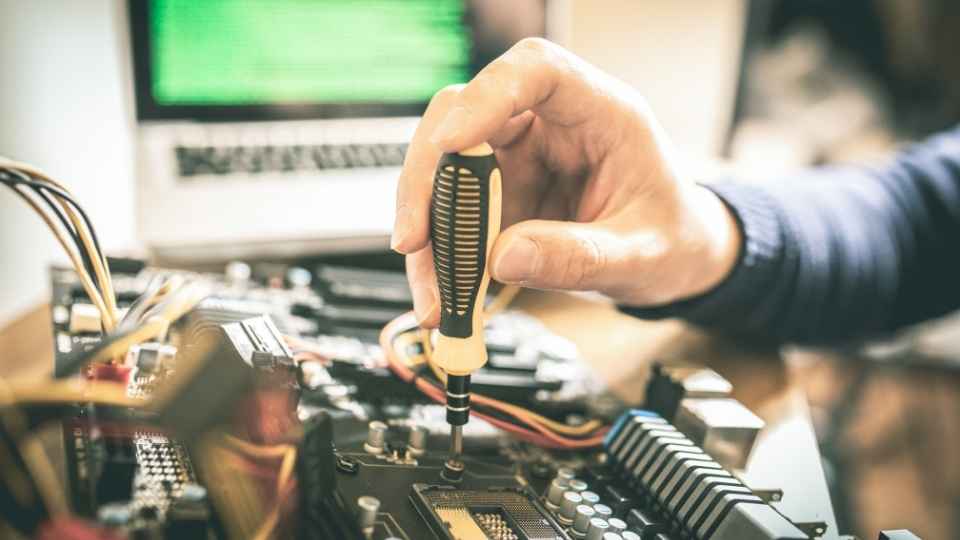
How deeply are deep learning and neural networks intertwined in modern robotics?
This question lies at the core of the rapidly evolving field of robot AI integration.
As technology continues to advance at an unprecedented pace, traditional programming methods are being replaced by sophisticated algorithms that enable robots to learn, adapt, and make intelligent choices.
In this article, we will delve into the intricacies of deep learning and neural networks within the context of robotics, exploring their role in perception, decision-making, learning, and adaptation.
Join us as we unravel the complexities and potential of this exciting frontier in robotics.
Key Takeaways
- Traditional programming methods are being replaced by sophisticated algorithms.
- AI integration allows robots to perceive and interpret complex information.
- Deep learning algorithms enhance decision-making capabilities in robots.
- Neural networks enable robots to analyze complex data and make intelligent choices.
The Evolution of Robotics: From Traditional Programming to AI Integration
The evolution of robotics has transitioned from traditional programming methods to the integration of artificial intelligence, marking a significant shift in the capabilities and potential applications of robotic systems.
Traditionally, robots were programmed with explicit instructions for every task they performed. However, with advancements in AI and machine learning algorithms, robots can now learn from their environment and adapt their behavior accordingly.

This integration of AI allows robots to perceive and interpret complex information from various sensors, make decisions based on that information, and even learn new tasks through experience. As a result, robotic systems have become more autonomous, flexible, and capable of handling diverse tasks in dynamic environments.
Understanding deep learning and neural networks in the context of robotics is crucial for comprehending how these technologies enable robots to acquire knowledge, reason intelligently, and interact effectively with humans.
NEXT SECTION: 'Understanding Deep Learning and Neural Networks in the Context of Robotics'
Understanding Deep Learning and Neural Networks in the Context of Robotics
Understanding the intricate relationship between advanced computational algorithms and cognitive models is crucial for comprehending the role of data processing in contemporary robotic systems.
In the context of robotics, deep learning and neural networks play a pivotal role in enabling machines to learn and adapt from vast amounts of data. Deep learning algorithms, inspired by the human brain's neural network structure, are capable of processing complex patterns and extracting meaningful information from raw sensor inputs.
By leveraging these algorithms, robots can perform tasks such as object recognition, speech recognition, and natural language processing with remarkable accuracy. This integration of deep learning and neural networks has revolutionized the field of robotics, allowing machines to possess higher levels of autonomy and intelligence.
As we delve deeper into advancements in robot AI integration, let us explore how reactive systems are transitioning towards more cognitive systems that can reason, plan, and make decisions based on learned knowledge.
Advancements in Robot AI Integration: From Reactive to Cognitive Systems
Advancements in the integration of computational algorithms and cognitive models have led to a shift from reactive systems to more cognitive systems in the field of robotics. With the aim of creating robots that can think, learn, and adapt like humans, researchers are exploring the potential of integrating deep learning and neural networks into robotic systems. This integration allows robots to analyze vast amounts of data, recognize patterns, make decisions based on previous experiences, and even interact with humans more effectively.

Enhanced decision-making capabilities: By incorporating deep learning algorithms into robotic systems, robots can analyze complex data sets and make informed decisions in real-time.
Improved perception and recognition: Neural networks enable robots to perceive their environment better by accurately recognizing objects, faces, gestures, or speech.
Natural language processing: Deep learning techniques help robots understand human language better by enabling them to interpret context and nuances.
These advancements in robot AI integration are pushing the boundaries of what is possible in terms of creating intelligent machines that can adapt to changing environments and perform tasks with greater autonomy.
Deep Learning Techniques for Enhancing Perception and Sensing in Robots
By incorporating cutting-edge computational algorithms, researchers are enhancing the perception and sensing capabilities of robots.
Deep learning techniques have emerged as a powerful tool in this pursuit, allowing robots to acquire knowledge and make decisions based on complex patterns and data.
These techniques involve training artificial neural networks with large amounts of labeled data, enabling the robots to recognize objects, understand speech, and interpret visual information.

Convolutional neural networks (CNNs) are commonly used for image classification tasks, while recurrent neural networks (RNNs) excel at processing sequential data such as natural language.
The fusion of deep learning with robotics has led to significant advancements in areas such as autonomous navigation, object recognition, and human-robot interaction.
As researchers continue to refine these algorithms and improve hardware capabilities, the potential for intelligent and adaptable robotic systems becomes increasingly promising.
Neural Networks and Decision-Making: Empowering Robots With Intelligent Choices
Researchers are exploring the potential of neural networks to enhance decision-making capabilities in robots, enabling them to autonomously analyze complex data and make intelligent choices. By leveraging deep learning algorithms, robots can learn from vast amounts of training data and develop a comprehensive understanding of their environment. This allows them to assess various inputs, such as sensor readings or visual data, and make informed decisions based on patterns and correlations.
Some key aspects of this integration include:
Real-time analysis: Neural networks enable robots to process information quickly, allowing for rapid decision-making in dynamic environments.
Adaptability: Through continuous learning, robots can adapt their decision-making processes based on changing conditions or new situations.

Uncertainty handling: Neural networks can handle uncertain or incomplete data by providing probabilistic outputs, empowering robots to make decisions even when faced with uncertainty.
As researchers continue to refine these techniques, we can expect robots to become more capable of making autonomous decisions that align with human expectations while operating in complex and unpredictable environments.
The Role of Deep Learning and Neural Networks in Robot Learning and Adaptation
The utilization of deep learning and neural networks is critical in enabling robots to acquire knowledge and adapt their decision-making processes according to changing circumstances.
Deep learning algorithms, inspired by the structure and function of the human brain, allow robots to process large amounts of complex data and extract meaningful patterns.
Neural networks, a key component of deep learning systems, provide the framework for these algorithms to learn from experience and improve their performance over time.
By training on vast datasets, robots can develop an understanding of their environment, recognize objects, navigate obstacles, and interact with humans more effectively.
This integration of deep learning and neural networks empowers robots with the ability to continuously learn from new experiences and adapt their behavior accordingly.

As a result, they become more autonomous agents capable of making intelligent decisions in real-world scenarios.
Overcoming Challenges in Implementing Deep Learning and Neural Networks in Robotics
Successfully implementing deep learning and neural networks in robotics requires addressing various challenges related to integration, computational power, and data availability. These challenges can hinder the seamless integration of AI technologies into robotic systems.
Integration: Integrating deep learning algorithms and neural networks with existing robotic systems often requires significant modifications to hardware and software architectures. Compatibility issues between different software frameworks and hardware platforms need to be resolved.
Computational Power: Deep learning models require substantial computational resources for training and inference. The limited onboard processing capabilities of many robots can pose a challenge when dealing with complex deep learning algorithms that require high computational power.
Data Availability: Training deep learning models requires large labeled datasets, which may not always be available in robotics applications. Collecting sufficient amounts of relevant training data is crucial for achieving accurate results but can be time-consuming or impractical in certain scenarios.
Addressing these challenges is essential to fully leverage the potential of deep learning and neural networks in robotics, enabling robots to perform complex tasks with greater autonomy and adaptability.
Frequently Asked Questions
What Is the History of Robotics and How Has It Evolved From Traditional Programming to AI Integration?
The history of robotics has evolved from traditional programming to AI integration. It began with basic mechanical automation, then progressed to computer-controlled systems. Now, robotics incorporates deep learning and neural networks, enabling advanced capabilities like perception, decision-making, and autonomous behavior.

How Do Deep Learning and Neural Networks Contribute to the Advancement of Robot AI Integration?
Deep learning and neural networks play a crucial role in the advancement of robot AI integration by providing the ability to process vast amounts of data, learn from it, and make intelligent decisions in real-time.
What Are Some Specific Deep Learning Techniques Used to Enhance Perception and Sensing in Robots?
Some specific deep learning techniques used to enhance perception and sensing in robots include convolutional neural networks (CNNs) for image recognition, recurrent neural networks (RNNs) for sequential data processing, and generative adversarial networks (GANs) for generating realistic sensory input.
How Do Neural Networks Empower Robots to Make Intelligent Decisions?
Neural networks empower robots to make intelligent decisions by processing vast amounts of data and learning from patterns. This allows them to analyze complex information, adapt to changing environments, and optimize their actions, resulting in enhanced decision-making capabilities for modern robotics.
What Are the Main Challenges in Implementing Deep Learning and Neural Networks in Robotics, and How Can They Be Overcome?
The main challenges in implementing deep learning and neural networks in robotics include limited computational resources, requirement for extensive training data, and difficulties in explainability. These challenges can be overcome through advancements in hardware, data collection techniques, and interpretability methods.
 Basic Electronics ConceptsEssential ToolsCircuit Design BasicsMicrocontrollersDIY Electronics ProjectsRoboticsPrivacy PolicyTerms And Conditions
Basic Electronics ConceptsEssential ToolsCircuit Design BasicsMicrocontrollersDIY Electronics ProjectsRoboticsPrivacy PolicyTerms And Conditions
